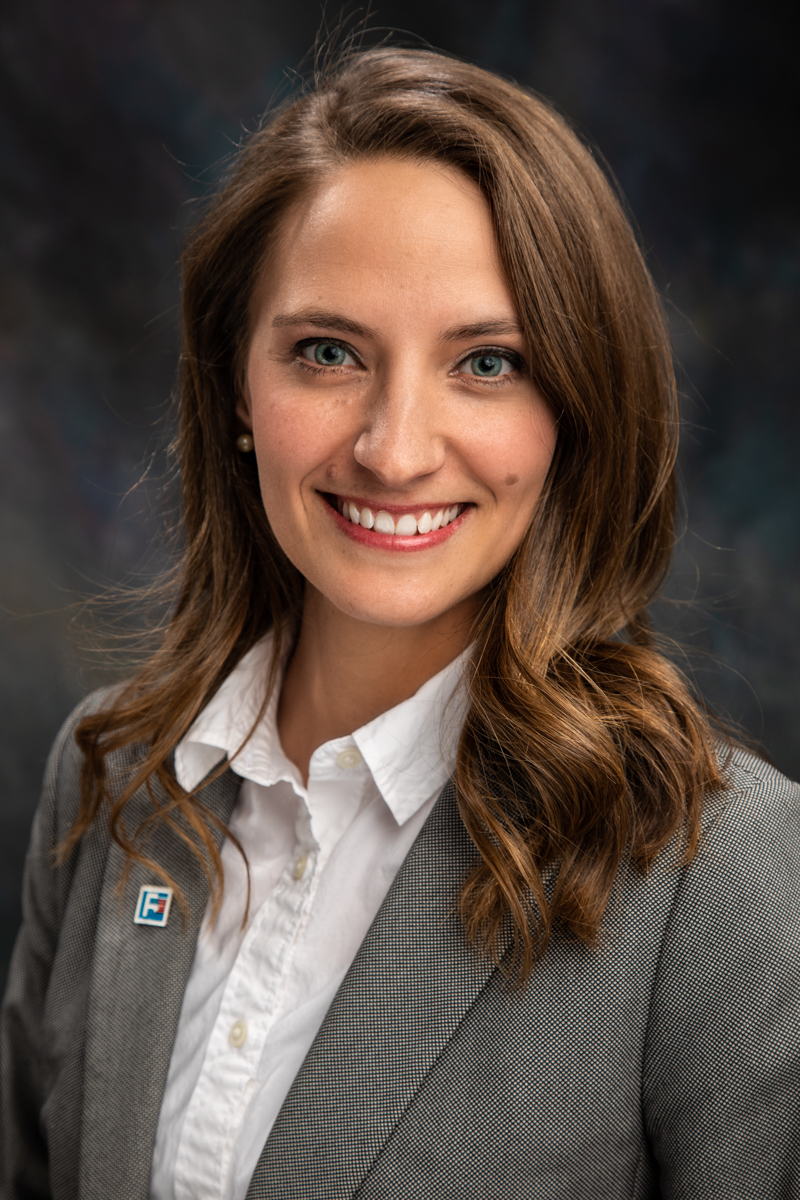
On January 10th, 2018 many citizens of Hancock County, Ohio were surprised when President Trump mentioned their community during his remarks at the signing of H.R. 2142, the INTERDICT Act. But it very well may have been just the right community to mention. As we now know all too well, no community is safe from the opioid crisis – including, in this case, our own.
First a little background…
Hancock County is a relatively quiet Midwestern community in the Northwest corner of the Buckeye State. With a population of approximately 75,000, the community is a mix of rural and micropolitan, and is home to the City of Findlay.
Findlay – a community frequently recognized for its thriving economy, restaurant scene, numerous large corporations, and the University of Findlay – has seemed largely insulated from many of the challenges other communities have faced. As a native of Findlay and the new Mayor, I have watched over the past 10 years as our community has worked to wrap our arms around this crisis.
Like many other communities, we were hit hard by the growth in opioid addiction and subsequent overdose deaths. In 2017, our county overdose fatalities nearly doubled – from 1.8% in 2016 to 3.57%. Correspondingly, our ER visits related to overdoses also nearly doubled. Even though our community has been working for years to combat opioids and drugs, it has often felt as if we were running up a sand dune – taking one step forward and sliding further back. It wasn’t for lack of trying.
In 2017, our county overdose fatalities nearly doubled – from 1.8% in 2016 to 3.57%. Correspondingly, our ER visits related to overdoses also nearly doubled.
Indeed, since 2010, through the leadership of the Hancock County Board of Alcohol Drug and Mental Health Services (ADAMHS), our community has come together with an organized approach, regularly meeting to analyze and design local strategies and programs to meet the needs of our citizens. In 2013, we partnered with Dr. Michael Flaherty, a clinical psychologist with more than 30 years’ experience in the prevention, intervention, treatment, research, and policy development related to substance use, addiction, and recovery.
Through this partnership, the Hancock County Opiate Task Force has solidified our Recovery Oriented System of Care, as well as put together a comprehensive strategic plan. Like many things we do in our community, we implemented the “Findlay Formula,” a collaborative effort of the public, private, and nonprofit sectors for the betterment of the community. The Findlay Formula has been implemented for years and has helped earn the community such honors as being named a Top Micropolitan five years in a row by Site Selection Magazine, being recognized as one of Ohio’s Best Hometowns, and numerous other distinctions.
So what have we been doing? First, we established a community-wide philosophy with regard to the prevention and treatment of alcohol and drug addiction and abuse. Called “The Shared Philosophy on Medication Assisted Treatment and Recovery,” it is a guiding document which all providers and organizations related to alcohol, drug, and mental health services use as a common guide. This ensures we are working together and thinking of the whole person, while also promoting accountability as we undertake this mission as the community.
So what have we been doing? First, we established a community-wide philosophy with regard to the prevention and treatment of alcohol and drug addiction and abuse.
Beyond that, we also established a strategic plan. The plan includes priorities geared around community awareness, education, legislation, and medical services. The strategies related to those priorities include providing information, enhancing skills, providing support, enhancing access, changing consequences, improving physical design, and changing/modifying policies.
By establishing these two items, we have had a clear roadmap that we can reference and ensure that everyone providing care is on the same page. Does that mean we don’t have disagreements? Certainly not. But one of the guidelines in the shared philosophy is that, “Each agency or provider is to be respected for its own philosophy of treatment…” It also establishes that whatever approach is chosen for each patient needs to be justified, “and all person seeking treatment should be considered for the appropriateness of each approach within the ‘cycle’ of opioid treatment and justified in writing for the approach chosen.”
So where do we plan to go from here?
First, we are going to refocus resources to the areas of prevention, recovery, and support that have proven most effective.
Second, we are going to work as a community to recruit specialists to meet the needs of the community.
Third, we are going to continue to educate and build community programs around prevention and treatment.
Finally, in all of this, we are going to seek to strengthen families.
What would I like to see the federal government do as we pursue these goals? For one thing, federal officials in Washington could work to decrease the delay in national data on drug utilization, overdose, and trends. They could also work to increase access to behavioral health services through the utilization of telehealth and educational waiver programs.
There is hope for our communities. But it only will occur through continued collaboration between the public, private, and nonprofit sectors.
Christina Muryn is the Mayor of Findlay, Ohio.




